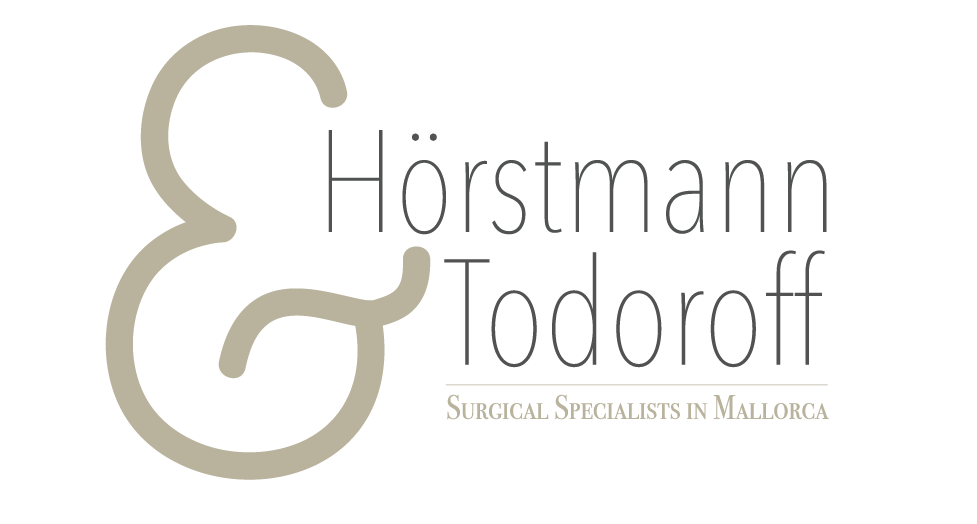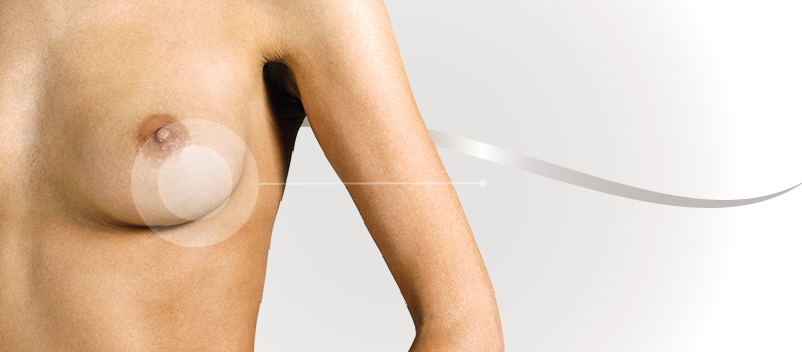-
The breast represents femininity, sexuality and motherhood. It changes a young girl visibly into a woman and often triggers the first faint suspicion of a pregnancy. A diseased breast causes massive physical and mental stress for the person concerned.
Breast cancer is the most common cancer in women worldwide. Nonetheless, in contrast to previous years, the diagnosis of breast cancer is no longer synonymous with incurable disease. All important then is that the patient is confident that she is in good hands.
With us you are in good hands. Wherever possible, we use breast-conserving surgical techniques. If for medical reasons a removal of the breast cannot be avoided, we offer our patients an immediate breast reconstruction with either implants or their own tissue. If this immediate reconstruction for whatever reason is not possible or not desirable it can be done at a later stage after the initial wound healing is complete. In these cases of immediate or delayed breast reconstruction, we involve our partner Prof. (DMC) Dr. Boris Todoroff, specialist in plastic and reconstructive surgery to achieve the cosmetically optimal result.
-
Breast Surgery in Men
Gynecomastia is the enlargement of the mammary gland in men. This disease is often perceived by the affected men as embarrassing and can lead to some significant disruption of self-confidence. Often this pathology is surgically correctable through a small incision in the areola (areola) or through the infra-mammary fold.
However – apart from the cosmetic aspect – one has got to remember that also in the male breast cancer can occur. This is much less common than in women and is thus often diagnosed late. Typical of cancer-related breast enlargement in the male is the acute, unilateral occurrence of pain and a feeling of tension.
In all these cases urgent medical advice should be sort.
-
Technics of Breast Reconstruction
In the unfortunate situation that a patient had to undergo a mastectomy, there are many different types of breast reconstruction techniques available. The two main techniques are:
-
1. Implant reconstruction
Inserting an implant that is filled with silicone gel.
Advantages:
Disadvantages:
-
Autologous or "flap" reconstruction
Using tissue transplanted from another part of the body, fe. from the abdomen, the back or the thigh. Sometimes an additional implant is used. The three main and most frequently used flaps are: TRAM flap, DIEP flap and Latissimus dorsi flap.
TRAM stands for transverse rectus abdominis, a muscle in the lower abdomen between the waist and the pubic bone. This flap includes the skin, subcutaneous fat, and part of the underlying rectus abdominus (“6-pack”) muscle. These tissues are then used to reconstruct the breast. TRAM flaps are a commonly performed types of flap reconstruction. This is because this flap tissue is very similar to breast tissue and makes a good substitute. The technique has been around for some time, and many surgeons know how to do them.
However, the downside of TRAM flaps is that they do cut through muscle, while other types of flap reconstruction avoid this and are therefore “gentler” operations.A DIEP flap – called after the deep inferior epigastric artery – is a reconstruction where no muscle is used to rebuild the breast. It is therefore considered a muscle-sparing type of flap.
The Latissimus flap breast reconstruction uses skin, fat and muscle (latissimus dorsi) from the back, beneath the shoulder blade area. This flap is brought around to the chest to create a new breast.
The latissimus dorsi (LD) flap is a standard method for breast reconstruction which was first utilized in the 1970’s. It is most commonly combined with an implant to give the surgeon additional options and more control over the aesthetic appearance of the reconstructed breast. This flap provides a source of soft tissue that can help create a more natural looking breast shape as compared to an implant alone. Occasionally, for a thin patient with a small breast volume, the latissimus dorsi flap can be used alone as the primary reconstruction without the need for an implant.

